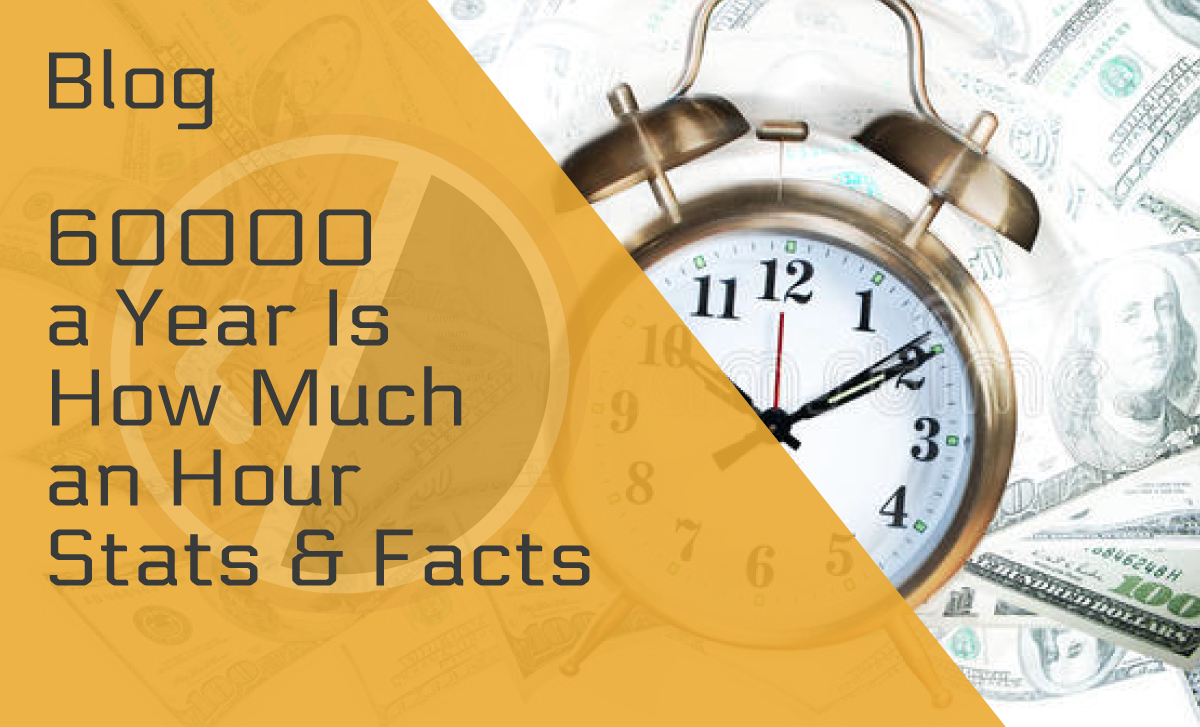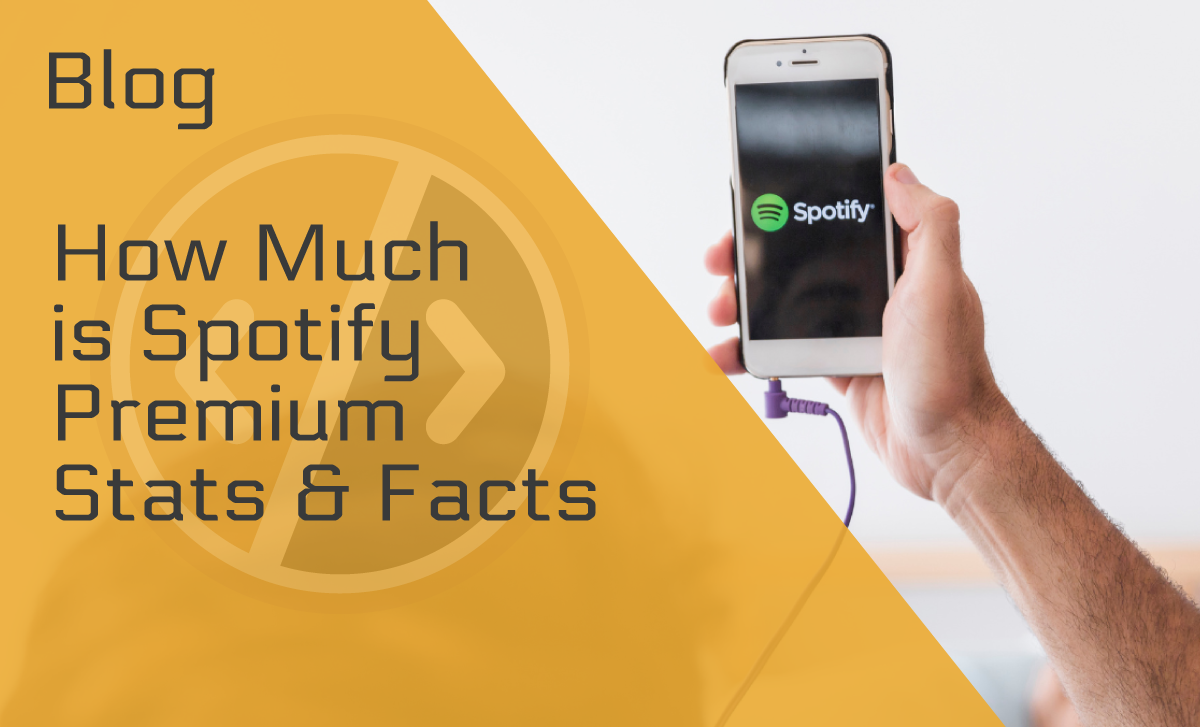20 Remarkable Amazon Prime Statistics to Know in 2024
Published: August 24, 2022
Do you know why Amazon Prime is so popular? The answer is simple — it’s so much more than an easy-to-use platform with fast delivery.
So, let’s explore the most compelling Amazon Prime statistics and find out all about what this membership program has to offer, who its users are, how many of them there are, and so much more!
Let’s dive into it!
Top 10 Amazon Prime Statistics
- US Amazon Prime members spent an average of $1,400 on Amazon in 2019.
- The number of Prime Video subscribers is expected to reach 101.4 million in 2026.
- There were more than 175 million Amazon Prime Video subscribers in 2020.
- Amazon Prime was mostly used by people aged 18–34 in June 2020.
- 96% of Prime Day 2022 shoppers were Amazon Prime subscribers.
- Amazon Prime Video released 70 original content titles in 2019.
- Amazon’s sales amounted to $11.9 billion during Prime Day 2021.
- The average Amazon Prime order amounted to $52.26 on Amazon Prime Day 2022.
- 45% of US internet households watched Amazon Prime Video in Q3 2021.
- The average Prime Day 2022 shopper was female.
General Amazon Prime Stats and Facts
Amazon Prime grew in popularity mainly due to the incredible number of perks it provides to its subscribers. People love that it offers free shipping, unlimited photo storage, movies on demand, discounts, Prime Day, etc.
Now, let’s see just how popular Amazon Prime is, how many of us use it, how much we spend on it, and so much more!
1. Amazon Prime was first introduced in February 2005.
(Source: Vox)
It started as a one-of-a-kind membership program that offered all-you-can-eat shipping for a flat, upfront fee. In other words, if you paid the annual membership fee of $79.00, you’d get two days of unlimited free shipping on all items in stock.
2. There were 200 million paying Amazon Prime members in 2020.
(Source: Statista)
The number of Amazon Prime members increased over the years, climbing from 46 million in 2015, 65 million in 2016, 100 million in 2017, 125 million in 2018, 150 million in 2019, and finally 200 million in 2020.
3. Amazon Prime was able to provide same-day or next-day delivery to 72% of the US population in 2019.
(Source: CNBC)
At that time, Amazon Prime covered over 95% of households in 16 most populated and wealthiest states, including Washington DC.
4. Amazon Prime subscriptions generated $31.77 billion in 2021.
(Source: Statista)
Amazon Prime saw further growth in terms of subscription earnings from 2014 to 2021. Namely, subscription services generated only $2.76 billion in 2014 — over ten times less than nowadays.
5. According to a 2020 survey, 65.7% of Amazon customers shop on Amazon because they’re Amazon Prime members.
(Source: Statista)
Other major reasons for shopping on Amazon, the world’s largest online retailer, included fast and free shipping (79.8%) and a broad selection of products (68.9%).
Amazon Prime Subscribers — The Most Compelling Stats and Facts
Are you interested in finding out more information about Amazon’s Prime members? Keep reading to find out who Amazon Prime subscribers are, their age, and so much more!
6. Amazon Prime was mostly used by people aged 18–34 in June 2020.
(Source: Statista)
According to statistics, 81% of US adults aged 18–34 used Amazon Prime in 2020.
But that doesn’t mean older generations refrained from using this platform. On the contrary, 68% of Americans aged 35–54 and 60% of those 55 and above were Amazon Prime subscribers.
This shouldn’t come as a surprise, as Gen X-ers and Millennials spend the most time shopping online.
7. 55% of the US Amazon Prime members bought clothing, shoes, or accessories on Amazon in April 2020.
(Source: Statista)
This was the top-selling category of products on Amazon during the pandemic-induced lockdown in April 2020.
Other top-selling categories included pharmacy, health, and beauty products (50%), food and beverages (44%), and household supplies such as kitchen supplies, cleaning supplies, etc. (44%).
8. Amazon Prime members in the USA spent an average of $1,400 on Amazon in 2019.
(Source: Statista)
According to the most recent survey (March 2019), US Amazon Prime members spent a lot more on Amazon in 2019 than non-Prime members, who spent only $600 on average that year.
Amazon Prime Video Statistics and Facts
Now, let’s find out more about Amazon Prime Video, one of the leading on-demand streaming services trusted by millions of people worldwide.
9. 45% of US internet households watched Amazon Prime Video in Q3 2021.
(Source: PR Newswire)
Statistics also show that there were 77.3 million households with Amazon Prime membership in Q1 2021 and that about 71% of them also used Amazon Prime Video.
10. Amazon Prime Video released 70 original content titles in 2019.
(Source: Statista / Statista)
Alternatively, Amazon Prime Video released 314 hours of original first-run content in 2019, 285 hours more than in 2017. However, Netflix, Amazon Prime Video’s strongest competitor, produced over 2,500 hours in the same year.
11. The number of Prime Video subscribers is expected to reach over 100 million in 2026.
(Source: Statista)
It’s almost double its number in 2019 (53.3 million). Even more so than the year before at only 50.2 million.
12. There were over 175 million Amazon Prime Video subscribers in 2020.
(Source: FierceVideo)
According to Jeff Bezos, the CEO of Amazon, the number of streaming hours in 2020 increased by 70% in comparison with 2019.
13. Amazon Prime Video became the NFL’s exclusive partner for the Thursday Night Football package in 2021.
(Source: CNBC)
Amazon made history when it agreed to carry a weekly National Football League games package, becoming the first streaming provider to do so. Amazon’s 10-year deal should start in 2023, and its annual value amounts to $1 billion.
Amazon Prime Facts — Prime Day
Prime Day is a two-day event many Amazon Prime subscribers expect with much excitement. It’s Amazon’s shopping holiday of sorts when the company offers mouthwatering deals exclusively to its Amazon Prime members.
Now let’s dive into specifics about everyone’s favorite — Prime Day!
14. 48% of surveyed US adults admitted they’re likely to make an unplanned purchase during Prime Day.
(Source: Infogram)
According to a 2020 survey, US adults aged 30–44 are the most likely to make an unplanned purchase (56% would do so). They’re closely followed by 18–29-year-olds (54%). On the other hand, Americans over 60 are the least likely to do so (35%).
15. Amazon’s sales amounted to $11.9 billion during Prime Day 2021.
(Source: Digital Commerce 360)
The figure represents a 14.5% increase compared to Prime Day 2020 (when Amazon’s sales amounted to $10.39 billion).
16. 96% of Prime Day 2022 shoppers were Amazon Prime subscribers.
(Source: Numerator)
According to Amazon Prime stats, 91% of them had been Amazon Prime subscribers for over a year, while only 2% joined during Prime Day 2022.
17. People spent over $1.9 billion on small business products during the promotional period preceding Prime Day 2021.
(Source: Amazon)
The figure represents a 100% increase in sales compared to the previous promotional period.
18. Amazon Prime users bought over 250 million products on Prime Day 2021.
(Source: Amazon)
Amazon Fire TV Stick 4K was the most popular device at this two-day event.
Other top-selling items included:
- Apple Cider Vinegar Gummy Vitamins by Goli Nutrition
- Crest 3D White Professional Effects Whitestrips
- Keurig K-Slim Coffee Maker
- iRobot Roomba 692 Robot Vacuum
19. Men outspent women during Prime Day 2020.
(Source: Infogram)
As many as 14% of men spent $500 or more on Prime Day, as opposed to only 9% of women. Similarly, 23% of men spent $250–$499, as opposed to 17% of women.
Males and females came close when it came to spending $100–$249 during Prime Day — 33% of males and 31% ended up spending this amount of money in 2020.
20. Average Amazon Prime orders amounted to $52.26 on Amazon Prime Day 2022.
(Source: Numerator)
It was $7.51 more than on Amazon Prime Day 2021, mainly because almost 62% of households place two separate orders, resulting in about $144.56 on average household spend.
Conclusion
Amazon Prime is more than just a fast-shipping service. As you could have seen from our statistics above, it’s an excellent membership program that gives its customers access to numerous benefits.
Therefore, chances are this platform will only continue to grow in popularity.
FAQ
What percent of US households have Amazon Prime?
(Source: Statista / Statista )
There were 74.4 million households in the US who had Amazon Prime subscriptions in 2021. That’s about 57.26% of the total households, which was 129.93 million. The number is expected to increase to 76.6 million household subscribers by the end of 2022.
How much is Amazon Prime?
(Source: Amazon)
As of February 18, 2022, Amazon Prime membership fees are the following:
- Monthly subscription fee: $14.99 a month
- Annual subscription fee: $139.00 a year
- Prime Video subscription fee: $8.99 a month
Amazon Prime Student subscription fees are:
- Monthly subscription fee: $7.49 a month
- Annual subscription fee: $69.00 a year
How much revenue does Amazon Prime generate?
(Source: Statista)
Amazon’s subscription services (which include Amazon Prime) generated $31.77 billion in 2021.
According to Amazon Prime statistics, the revenue of Amazon’s subscription services recorded a steady growth over the past seven years, increasing more than tenfold since 2014 (from $2.76 billion in 2014 to $31.77 billion in 2021).







